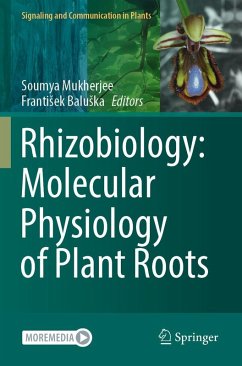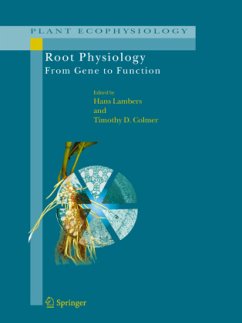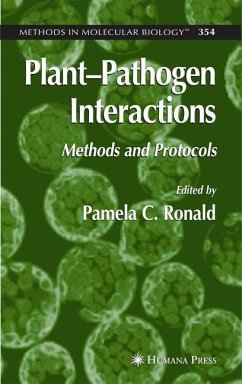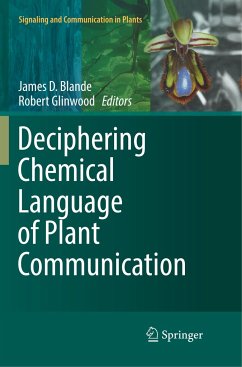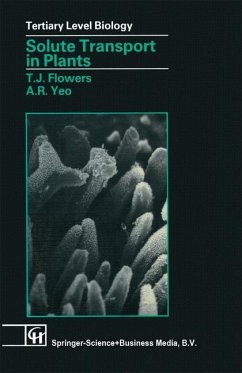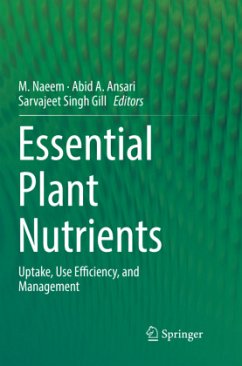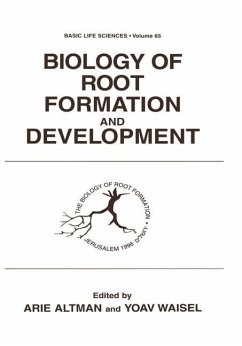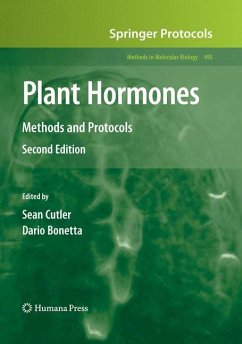
Rhizobiology: Molecular Physiology of Plant Roots

PAYBACK Punkte
65 °P sammeln!
This book discusses the recent advancements in the role of various biomolecules in regulating root growth and development. Rhizobiology is a dynamic sub discipline of plant science which collates investigations from various aspects like physiology, biochemistry, genetic analysis and plant-microbe interactions. The physiology and molecular mechanisms of root development have undergone significant advancements in the last couple of decades. Apart from the already known conventional phytohormones (IAA, GA, cytokinin, ethylene and ABA), certain novel biomolecules have been considered as potential ...
This book discusses the recent advancements in the role of various biomolecules in regulating root growth and development. Rhizobiology is a dynamic sub discipline of plant science which collates investigations from various aspects like physiology, biochemistry, genetic analysis and plant-microbe interactions. The physiology and molecular mechanisms of root development have undergone significant advancements in the last couple of decades. Apart from the already known conventional phytohormones (IAA, GA, cytokinin, ethylene and ABA), certain novel biomolecules have been considered as potential growth regulators or hormones regulating plant growth and development. Root phenotyping and plasticity analysis with respect to the specific functional mutants of each biomolecule shall provide substantial information on the molecular pathways of root signaling.
Special emphasis provides insights on the tolerance and modulatory mechanisms of root physiology in response to light burst,ROS generation, agravitrophic response, abiotic stress and biotic interactions.
Root Apex Cognition: From Neuronal Molecules to Root-Fungal Networks and Suberin in Monocotyledonous Crop Plants: Structure and Function in Response to Abiotic Stresses" are available open access under a Creative Commons Attribution 4.0 International License via link.springer.com.
Chapters "Root Apex Cognition: From Neuronal Molecules to Root-Fungal Networks and Suberin in Monocotyledonous Crop Plants: Structure and Function in Response to Abiotic Stresses" are available open access under a Creative Commons Attribution 4.0 International License via link.springer.com.
Special emphasis provides insights on the tolerance and modulatory mechanisms of root physiology in response to light burst,ROS generation, agravitrophic response, abiotic stress and biotic interactions.
Root Apex Cognition: From Neuronal Molecules to Root-Fungal Networks and Suberin in Monocotyledonous Crop Plants: Structure and Function in Response to Abiotic Stresses" are available open access under a Creative Commons Attribution 4.0 International License via link.springer.com.
Chapters "Root Apex Cognition: From Neuronal Molecules to Root-Fungal Networks and Suberin in Monocotyledonous Crop Plants: Structure and Function in Response to Abiotic Stresses" are available open access under a Creative Commons Attribution 4.0 International License via link.springer.com.



